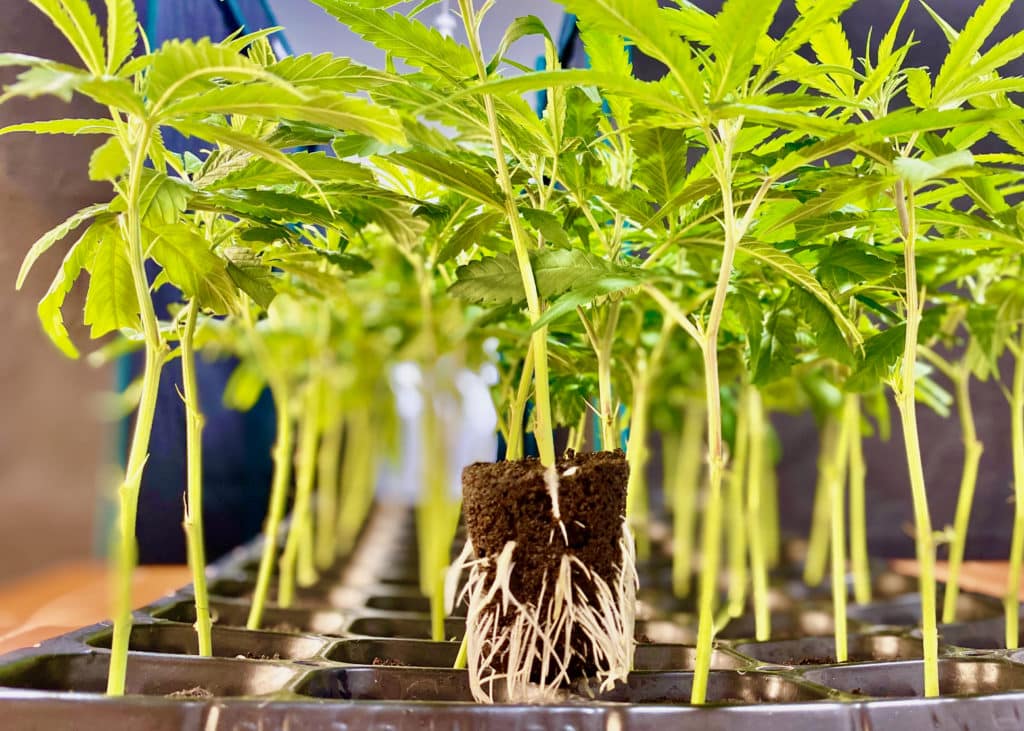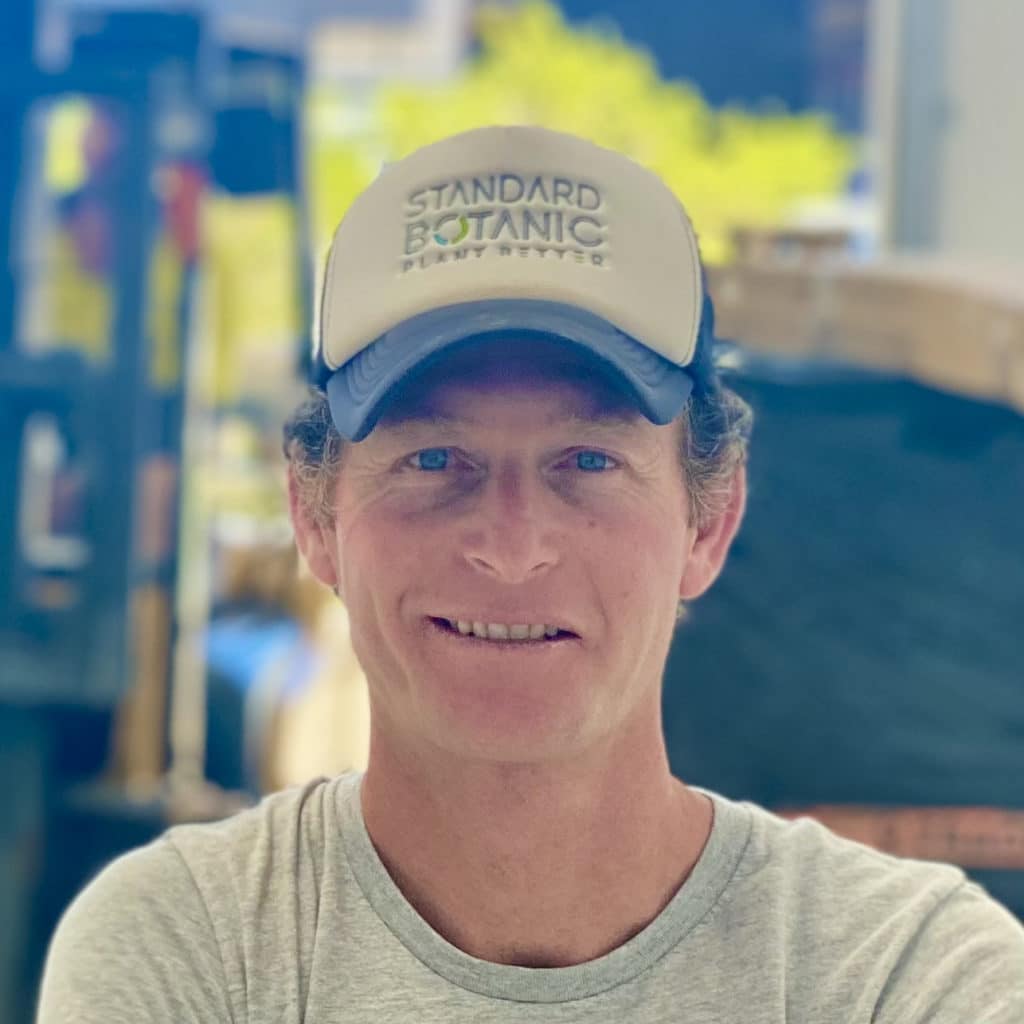As an Australian dedicated medicinal cannabis nursery, Standard Botanic’s success is wrapped up in the success of its licensed cultivator customers, says CEO and founder Adam Benjamin.
One of the first entrepreneurs to start a cultivation business in Australia, Benjamin is mindful of both the scale of the opportunity for cultivators, and the clear pitfalls lurking in the unexplored financial terrain for startups.
He says the imminent regulatory shift requiring GMP-compliant manufacture of all cannabis material stands to dramatically shift the prospect for Australian-grown cannabis and insists the key market segment for domestic growers is premium flower, across a variety of profiles.

“There is an obsession with ‘high THC’ flower among the uninitiated,” he says.
“While anecdotally a part of the patient demand is focused on numbers, what the majority demand is consistency of profile at an efficacious level, and consistency of supply. Get both of these right and a cultivator is well on the road to profitability.”
Benjamin points to US clinical research findings showing users in a clinical setting were unable to differentiate between THC levels beyond a threshold in the high teens.
Additionally, he says the North American obsession with THC ‘scores’ is largely marketing driven, partly because fad-fuelled strains are being continuously launched.
He says this reflects the paucity of stable genetics, meaning cannabis companies try to create demand for what they can produce, rather than what consumers demand.
Benjamin notes the reality that demand and prices reward strains with a variety of cannabinoid profiles – including balanced CBD/THC and higher CBD flower alongside THC-dominant flower.
For the cultivation business, Benjamin firmly believes premium flower is the profitable key, particularly for growers with typical scale of 2,000 to 6,000 square metres of greenhouse or indoor space.
“Our experience is that the appetite in wholesale markets means there is abundant gross margin opportunity for the grower,” he says.
He cites wholesale margin expectations of 80% being achievable, against wholesale prices north of $5,000 per kilogram of dried flower.
He says the key to capturing that margin is producing premium dried flower – premium meaning the cannabinoid profiles are stable with each harvest, and that the terpene and flavonoid content has the requisite appeal.
Consistency of supply is as critical as consistency of the product, according to Benjamin, with patients and prescribers both frustrated by the variability and quality of much of the available flower, and intermittent supply.
Benjamin says the major consideration new cultivators need to consider when planning an assault on this opportunity is genetics.

“So many cultivators think they can go ahead and import a variety of seeds, germinate those, find what the market wants, and start growing. The reality is that’s a pipe dream.”
The evidence, he says, is the market.
“If it was as easy as that, Australia wouldn’t be importing 95% of product, and companies wouldn’t be scrambling to put out products that sit on the shelf, or worse, get recalled”.
So what does Benjamin advise?
“There is no substitute for starting with proven genetics,” he says.
Standard Botanic has genetics originating with legendary Dutch breeder Nevil Schoenmakers which have been tested, with growing protocols covering optimal conditions, fertigation and harvest timetables, all provided to its customers.
“While environments vary, we’ve covered a range to determine an optimal approach, and at the minimum these provide a great starting point compared with a blank sheet of paper or a few obvious parameters,” says Benjamin.
While some growers have immediately migrated to becoming contract growers for larger companies, he says that’s a limiting strategy.
“There’s no question that a significant scale is needed to establish a branded presence in the end market. However, premium wholesale prices offer significant margin opportunities.”
In addition, Benjamin refers to an initiative among Standard Botanic customers to collectively supply flower derived from common genetics, effectively creating a large presence in the market for smaller-scale producers.
“We’re starting to cement this concept with our customers and prospective customers,” he says.
“It provides growers with some of the upside of a branded finished product, without the same expense and capital requirements of building a brand from scratch, while retaining independence.”
In addition, Benjamin says discussions with prescribers and patients confirm the demand for product through this unique channel, given an alliance of smaller growers can band together to ensure continuity and adequacy of supply.
“The smaller grower has the chance to have a bigger market presence, without prohibitive costs,” he says.
- Adam Benjamin will present at next week’s ACannabis conference in Melbourne.
